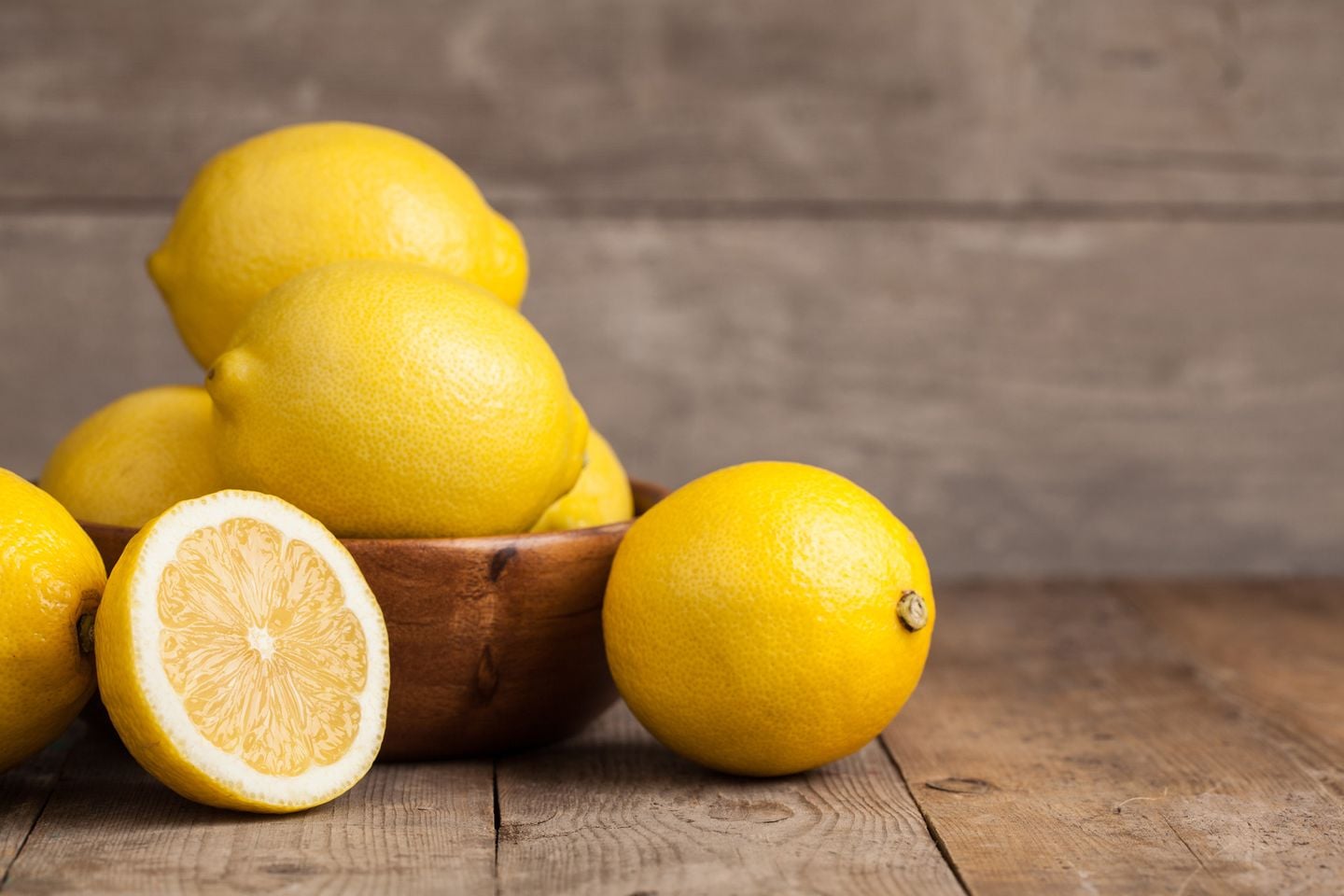The lemon tree is believed to have originated in Kashmir, a region located in northern India and Pakistan, and the far west of China. This fruit-bearing tree produces lemon, a citrus fruit that has therapeutic properties. It is widely known for its antiviral and antibacterial properties, as well as its ability to stimulate the immune system. Squeezing the juice out of the lemon is one of the most common methods to reap its benefits.
The lemon tree blooms several times a year (up to 4 times). Due to its sensitivity to cold weather, this tree is mainly cultivated in the Mediterranean basin, the coast of California, and the semi-tropical areas of Piedmont (Himalayas, Andes).
There are 2 types of lemons: sweet and sour. The most common type of lemons is the sour one. Sour lemons are rich in vitamin C, contain a juicy flesh, and have a long shelf life. The storage period can range from a few days to several months depending on the peel’s color: the more yellow the lemon, the less time it can be kept. This storage capacity has facilitated the export of lemons around the world; a process that has been carried out since the dawn of time.
